Lazio
Visit Lazio: rivers, streams and ancient villages that embrace the eternal city
Things to do in Lazio
All the experiences and attractions for the most popular activities.
Territory of Lazio
The territory of Lazio extends from the Apennines to the Tyrrhenian coast, is mainly hilly (more than 50% of the total) and mountainous and the few flat areas are concentrated in the coastal area. The landscapes of the region are characterized by great heterogeneity.
The highest mountains of the region can be found in the Laga Mountains, precisely in the 2458 m of Mount Gorzano their highest point.
Useful information about Lazio
Lazio is a region of central Italy with the capital Rome, which is also the capital of Italy. The other provinces of the region are Frosinone, Latina, Rieti and Viterbo.
Lazio borders Tuscany to the north-west, Umbria to the north, Marche to the north-east, Abruzzo and Molise to the east, Campania to the south-east and the Tyrrhenian Sea to the west. Its territory includes that of the enclave of Vatican City.
Top Attractions in Lazio
all entrance tickets for the most popular Italian attractions
St.Peter's Basilica
RomeColosseum
RomeVatican Museum
RomePantheon
RomeTrevi Fountain
RomeSistine Chapel
RomeSant'Angelo Castle
RomeTivoli Villas
RomeDiscover the Italian Ambassador of Excellence in this region
Looking for tips for your next trip? Ask Monna Lisa.

Places and tours of Lazio
There's a lot to see in Lazio. Many places and tours of Lazio are linked to its historical importance, which has left evidence of the Roman Empire and its greatness everywhere: just the city of Rome is rich in heritage, monuments and archaeological sites such as the Colosseum and the Imperial Forums and many others are scattered throughout the region: just think of the Necropolis of Monterozzi, Tarquinia or the excavations of Ostia Antica.

Food and flavours of Lazio
Food and flavours of Lazio are the result of a homemade cuisine made of simple ingredients carefully prepared to create recipes famous all over the world.
To mention absolutely are the first courses typical of this region among which stand out the Carbonara and the Amatriciana, recipes that have far exceeded national borders being appreciated throughout the world.
Second courses include Abacchio, Trippa alla Romana and Coratella with artichokes (the latter being the protagonists of many other recipes).
In addition, among the food products should be mentioned the porchetta di Ariccia, ricotta and pecorino romano.

Art and culture of Lazio
The region of Lazio has had a considerable artistic importance at national and international level at various times in its history: that of Roman art, divided into archaic art, republican art and imperial art, that of early Christian and medieval art, that of the Roman Renaissance, represented by Michelangelo Buonarroti and Raphael and that of Baroque and Mannerist art, which still had Rome as its main center, with personalities such as Caravaggio, Francesco Borromini and Gian Lorenzo Bernini.
This great artistic importance is due to the triple soul of Rome as the cradle of the Roman Empire, the historic seat of the Catholic Church and, more recently, the capital of Italy.
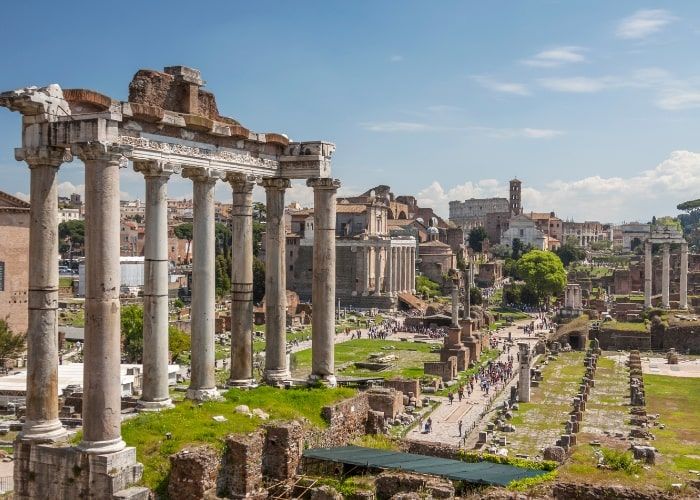
Tour and experiences in Lazio
Unesco Sites in Lazio
Stories and traditions of Lazio
The history of Lazio is deeply linked to that of Rome, cradle of western civilization and capital of the Roman Empire first and then of the Holy Roman Empire. Rome, moreover, has always been home to the Holy See so it was, in the years following the Holy Roman Empire, the central fulcrum of the lands owned by the Vatican and the events of the Catholic Church influenced the history of Rome (and also of the whole of Lazio) until 1870, the year in which it was annexed to Italy. The following year Rome was proclaimed capital of the Kingdom of Italy. It would be correct to say that the region of Lazio has been among the most important in Italy and, therefore, in the world, from the foundation of Rome to the present day, continuously.
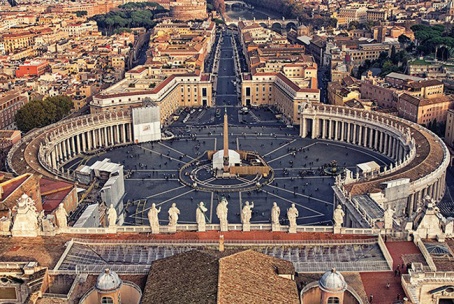
Latest News Lazio
Things to do in Lazio
Exhibitions, events and Shows in Lazio
Lazio Region
Lazio (It. “Lazio”), a region in central Italy, is second in population density only to Lombardy. In terms of surface area, however, it ranks ninth among Italian regions. Tourism, especially related to historical and artistic monuments, is of great economic importance to Lazio, with the city of Rome always on the list of the most visited ones in Italy. Its borders: Tuscany to the northwest, Marche and Abruzzo to the northeast, Umbria to the north, and Molise and Campania to the southeast.
The region does not have a territory with homogeneous characteristics; on the contrary, it is rather various, with a prevalence of hilly areas, while the plain corresponds to less than 30 percent of the territorial extension.
The physical geography of Lazio also includes several lakes, such as Bracciano, Bolsena and Vico, and rivers, the most important of which is certainly the Tiber (It. “Tevere”). Also not to be underestimated is the Lazio coastline full of truly delightful locations chosen by many Italians to spend their summer vacation or a relaxing interlude. We are talking about places like Sperlonga, where it is possible to find romantic and uncontaminated coves, or Gaeta, renowned for its seven beaches, each one endowed with a particular beauty. Then we have San Felice Circeo with its promontory, or again Tarquinia, which in addition to its coastal beauty preserves many archaeological remains, a true joy for all enthusiasts.
The name Lazio derives from the Latin, due to the fact that it was inhabited by the Latin people. It is almost impossible to consider the history of Lazio unrelated to the one of Rome, among the most important cities of ancient times and cradle of the Roman Empire. Let us also not forget its worldwide importance from a religious point of view, because of its inescapable connection with the Catholic Church. Even more modern history attributes to Rome and consequently to all of Lazio a rather central role in political events. In fact, the capital of Italy was the scene of the spread of fascist ideology and is currently the city where Palazzo Chigi, seat of the government of the Italian Republic and residence of the president of the Council of Ministers since 1961, is located.
Apart from Rome, being for the reasons just described and for its artistic and cultural heritage one of the most important cities in the world, there are many other interesting and beautiful towns in the Lazio region. There are four other regional provinces besides the capital: Latina, Frosinone, Viterbo and Rieti.
Some of the cities that are absolutely worth a visit in Lazio are: Viterbo, for its fascinating mix of medieval areas and modernity; Tivoli, for its UNESCO heritage villas; Bracciano, with its same-named lake and the wonderful Orsini-Odescalchi castle; Tuscania, a city of great importance in ancient times still preserving intact grave goods and sarcophagi; Bolsena, since its lake of volcanic origin is the largest one in Europe; Anagni, another famous "city of the Popes"; and Sperlonga, a seaside town with its fantastic "white village."
Three are the things making Lazio such a unique and all-to-be-discovered region: excellent cuisine, incredible breadth of historical evidence, and an area having all kinds of scenic beauty, from the sea to the mountains, not forgetting lakes and hills.
To reach Rome, one can use two airports: Rome Ciampino and Rome Fiumicino. From both, getting to the city center is quite easy. The main difference between Fiumicino and Ciampino is that the former is served by almost all international airlines, while the latter is often the preferred choice of those using low-cost flights. In addition to these two airports aimed at passenger transport, there are two more with different purposes. In fact, we have Urbe Airport, related to cargo transport, and Centocelle Airport, whose use can be traced back to military purposes.
We have already mentioned how Rome to be on its own a hub of capital importance for all of Lazio and Italy, so rich in wonders that perhaps one stay is not enough to discover them all. St. Peter's and the related Vatican Museums are a must for anyone in Rome. The Sistine Chapel, with its frescoes by Michelangelo, is one of the most famous and beloved masterworks in the entire history of art: impossible to decant its magnificence in words alone. And then Raphael Sanzio's School of Athens, the Gallery of Maps, the Laocoon sculpture group: pure art and nothing else.
Of course, the Vatican Museums are only a "small part" of the wonders of the Eternal City. We continue with the Colosseum (on some occasions visitable even at night), the Catacombs, Palazzo Barberini, and a great many museums, each with its own special feature, among which stand MAXXI, MACRO, and the State Museums of Rome.
Lazio’s cuisine further enriches a travel experience in the region. Dishes known even in the rest of the world were invented here, beloved by all and almost revered by some: carbonara and amatriciana. These are the most famous dishes, but certainly not the only ones. As main courses we can fix abbacchio alla scottadito, the veal-based saltimbocca alla romana, tripe and coda (tail) alla vaccinara. Typical appetizers, on the other hand, are the rustic ricotta cake, Roman-style supplì, and panzanella. Special mention for two mouth-watering desserts: “maritozzo” with cream and wine “ciambelle” (donuts) of Castelli Romani.


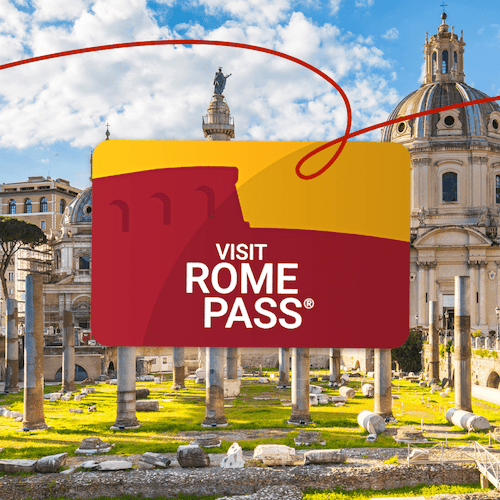

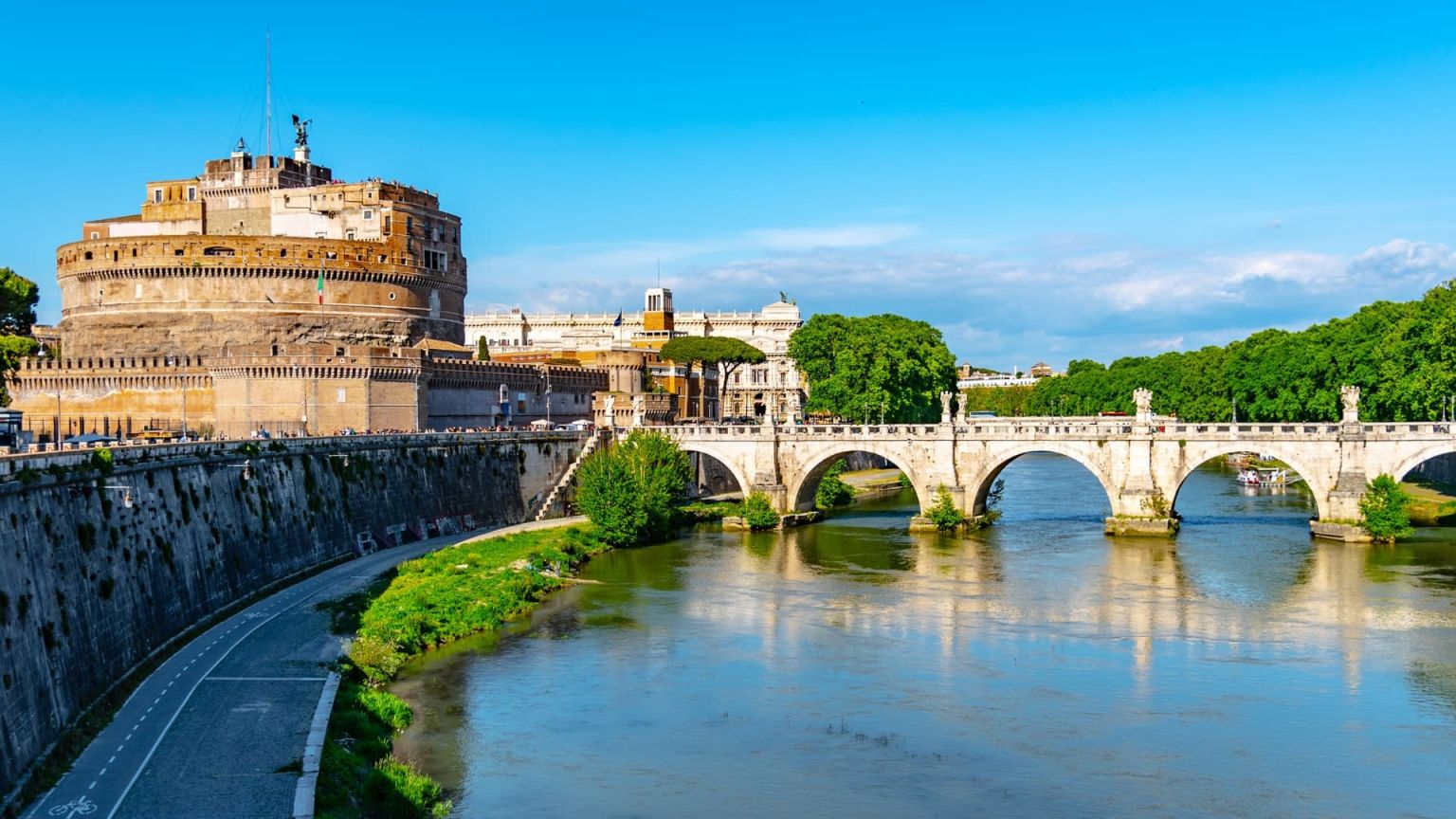


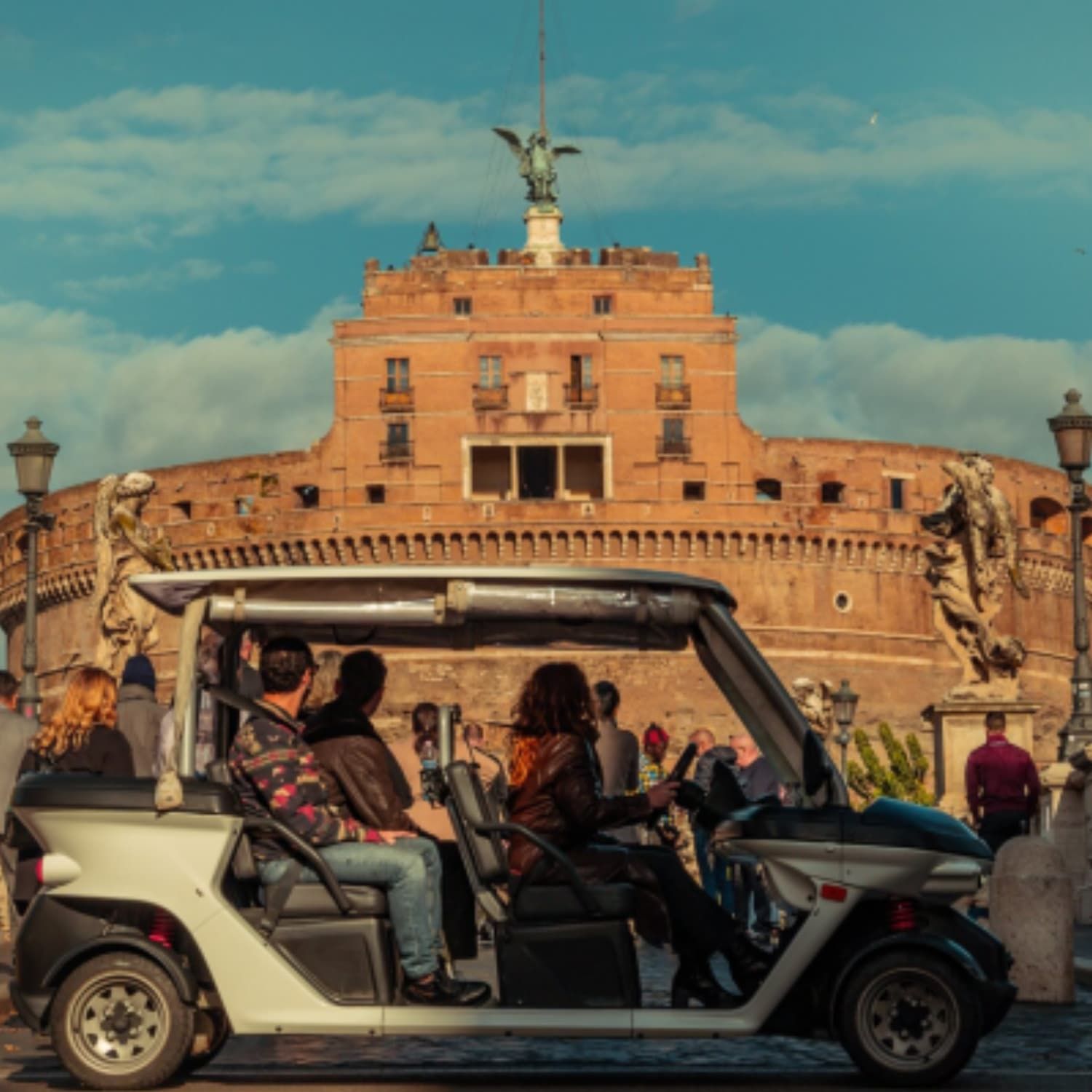
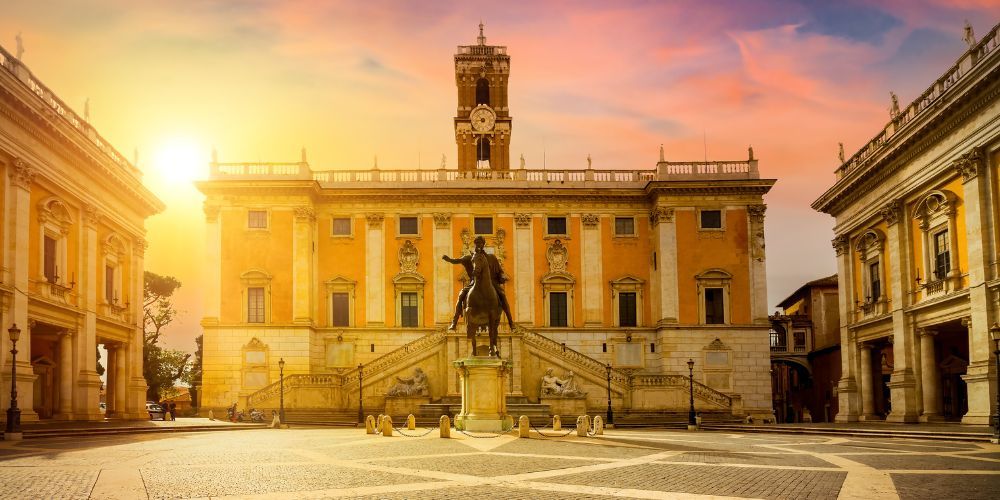
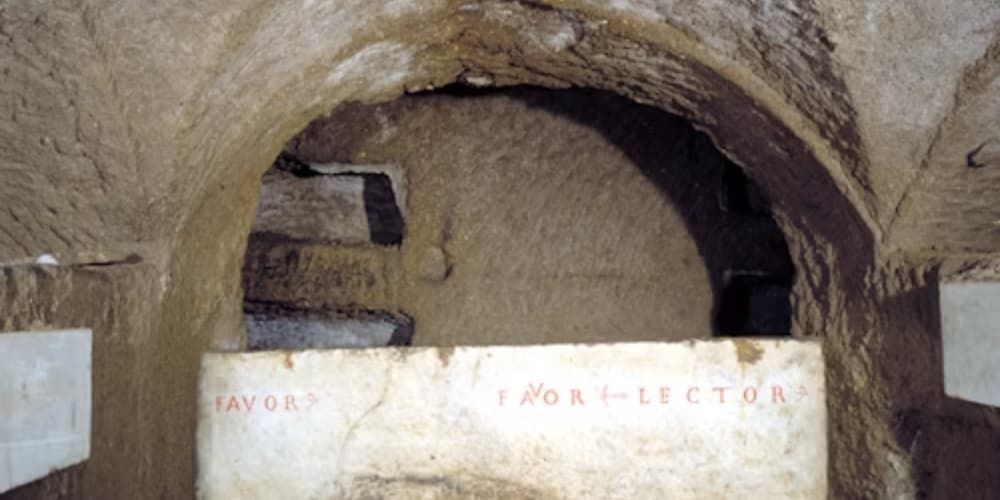
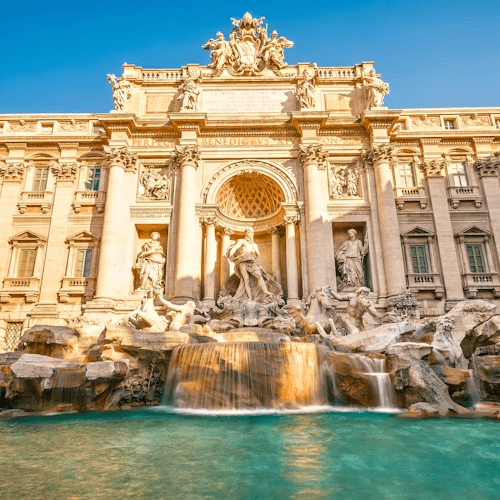
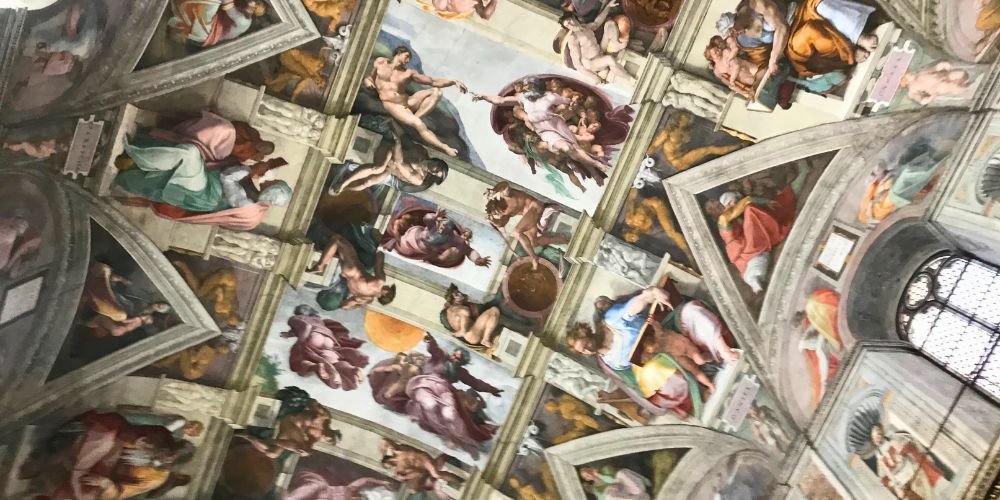
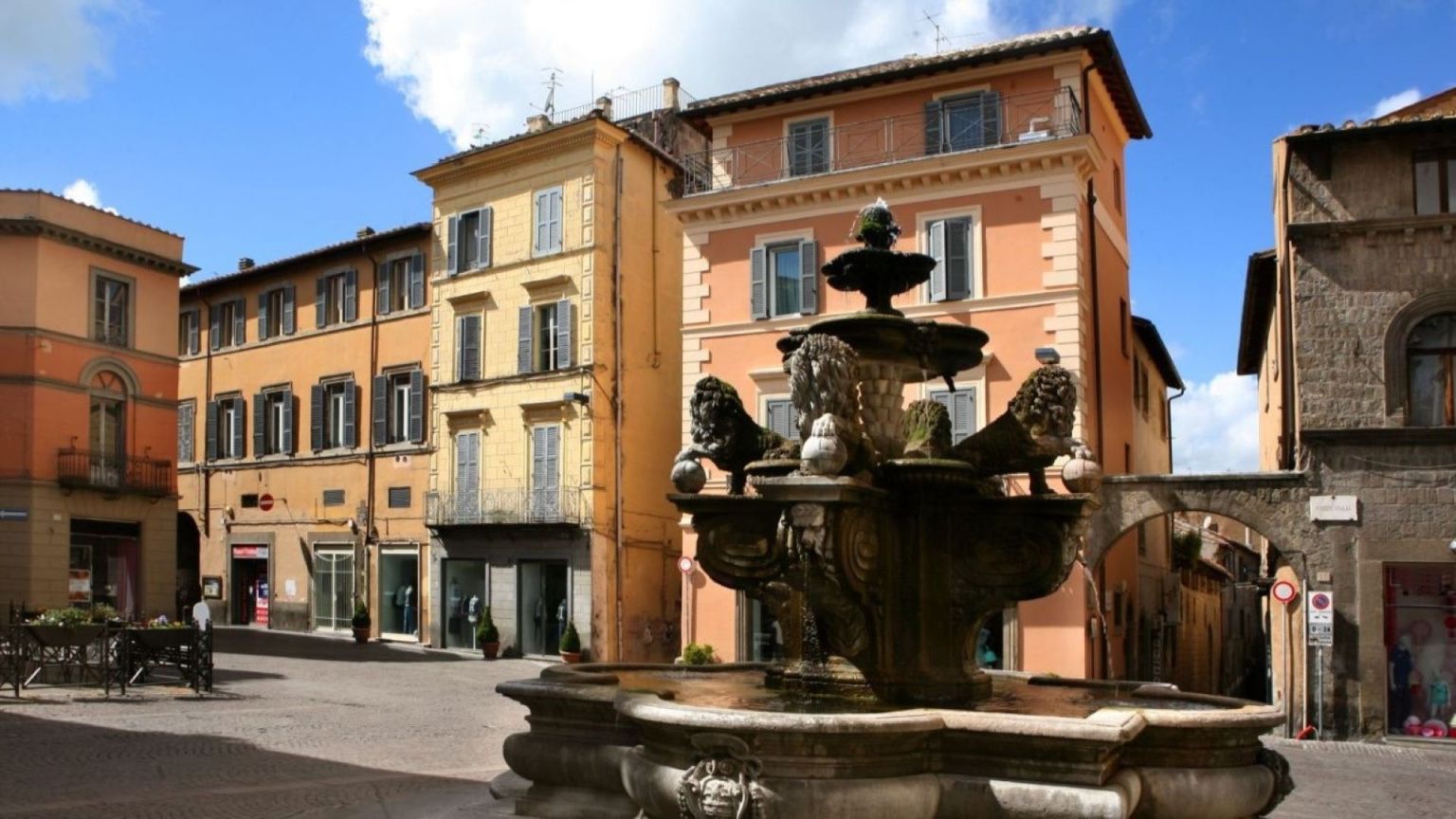
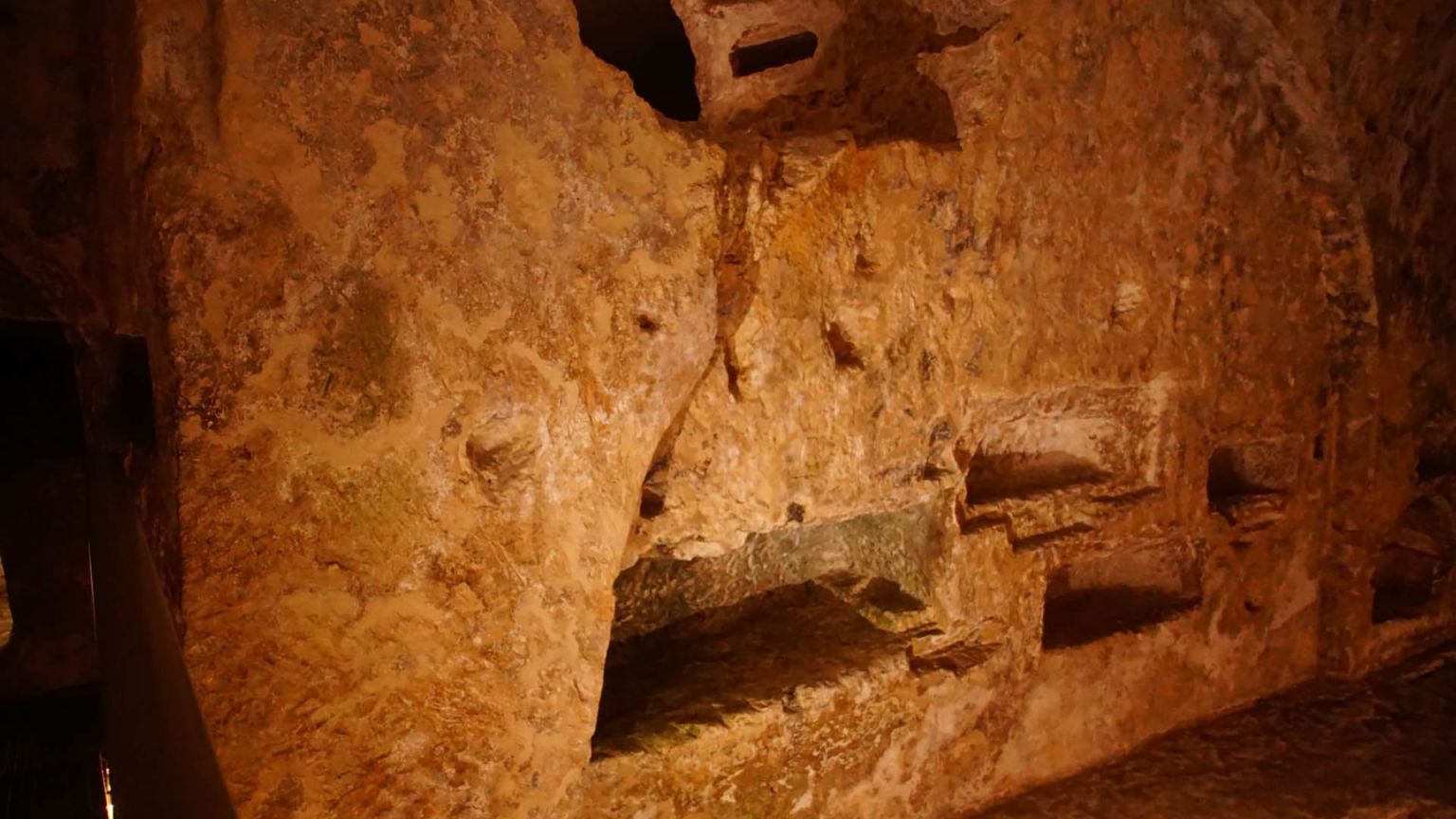
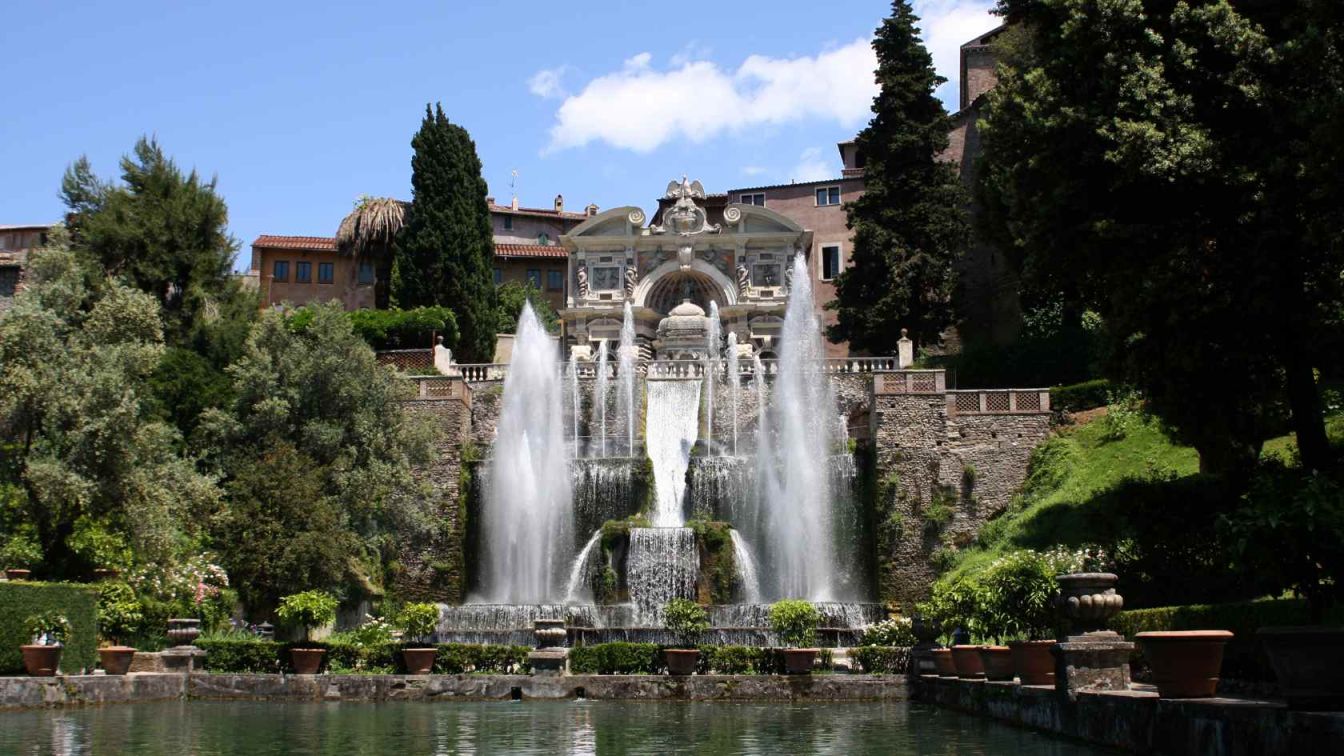
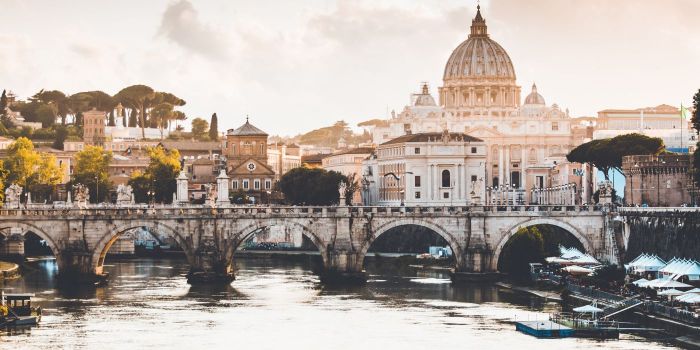
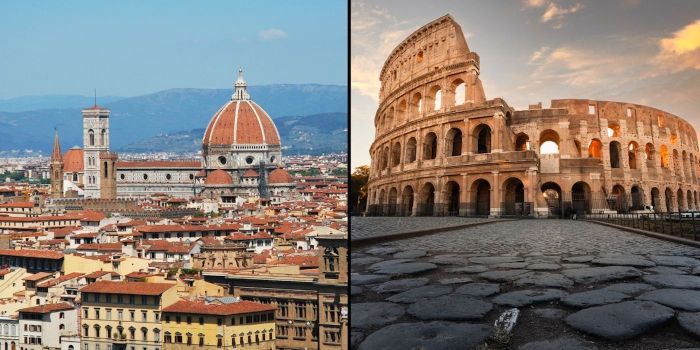
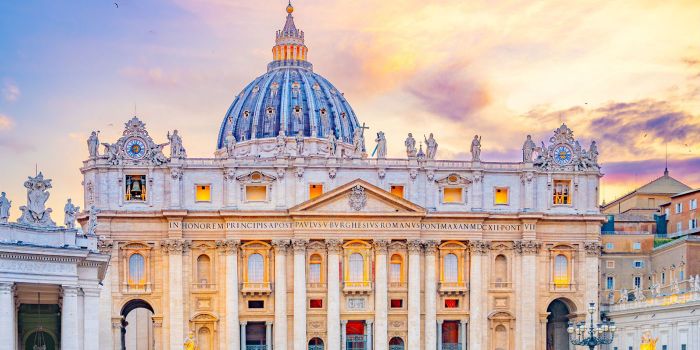
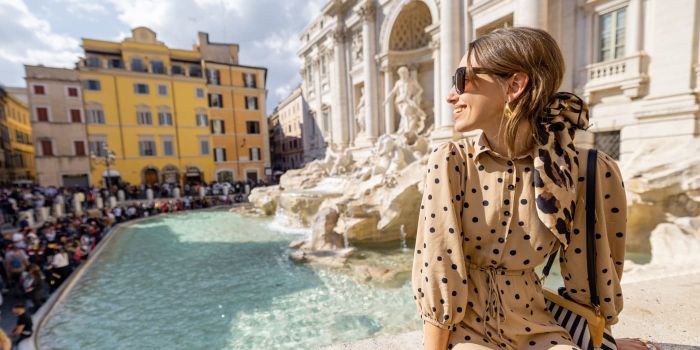
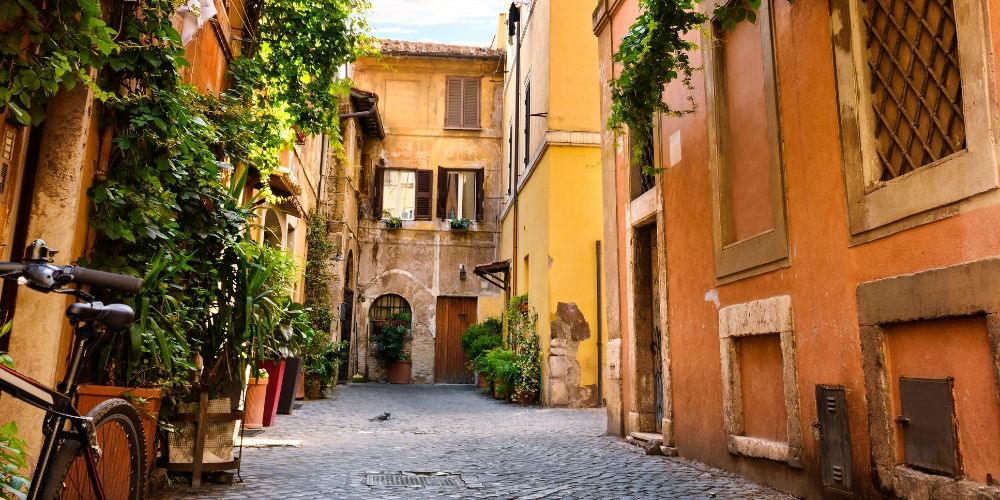
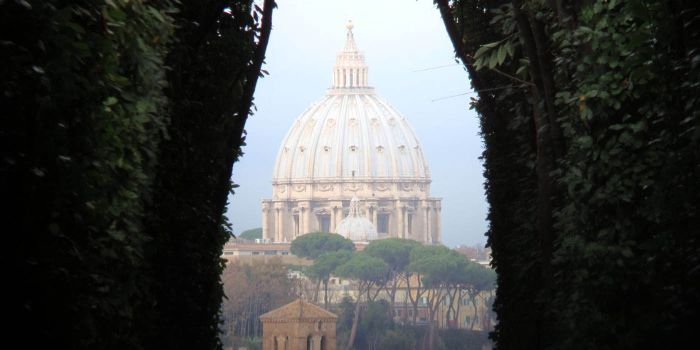
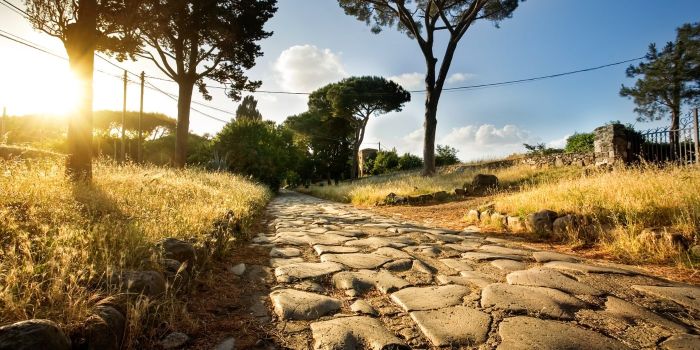
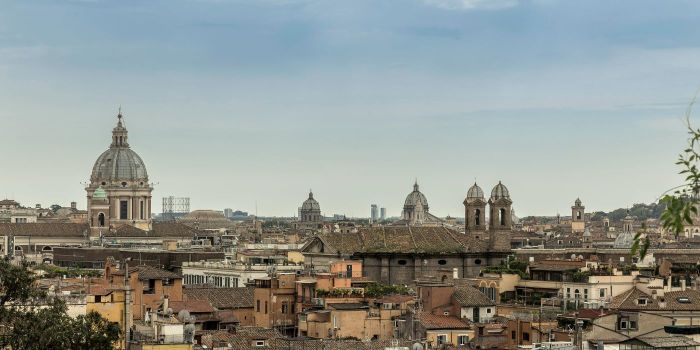
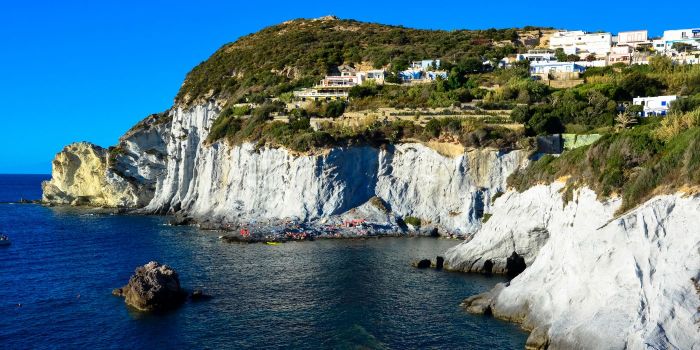
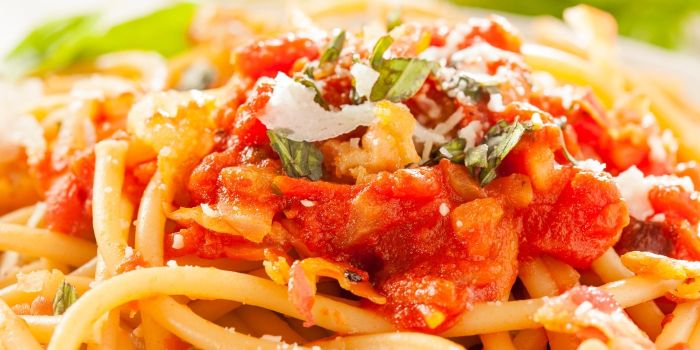
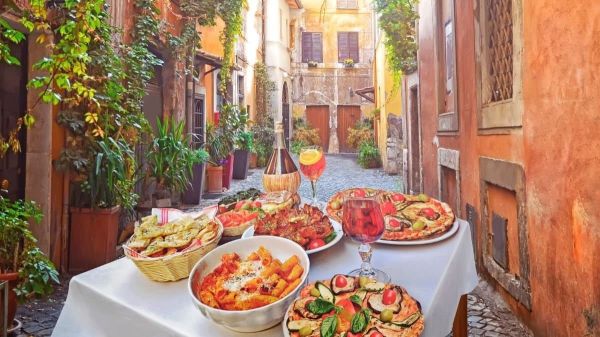

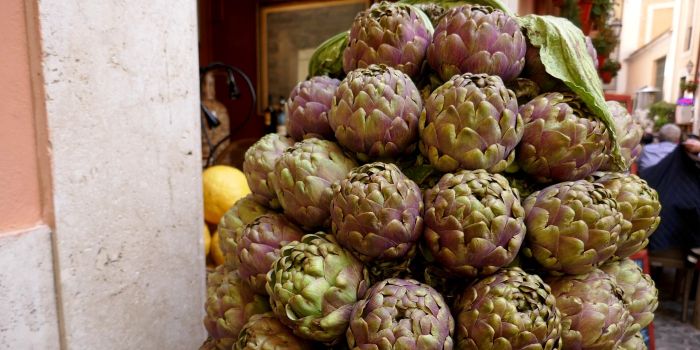





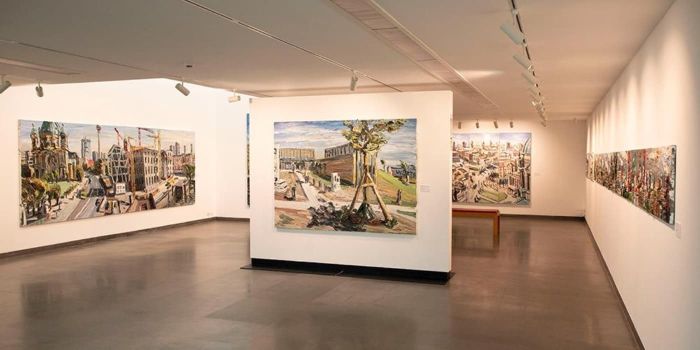
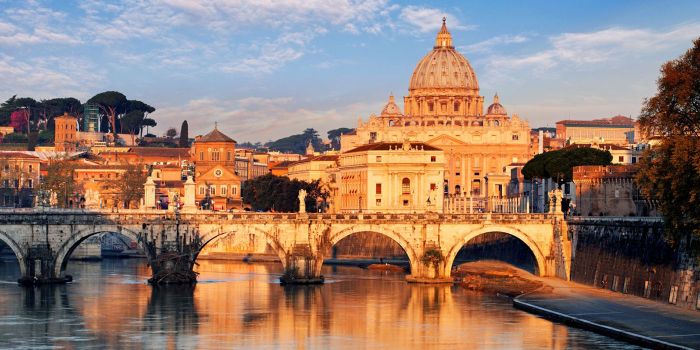
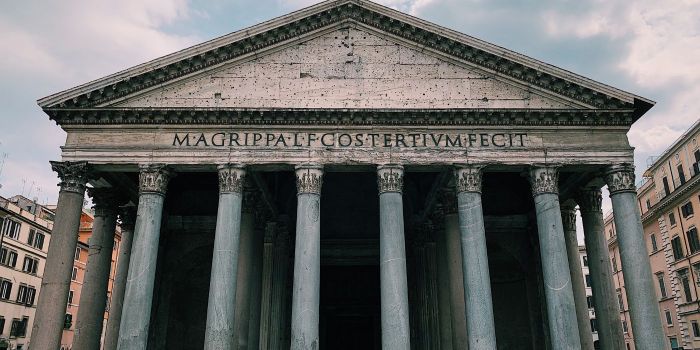
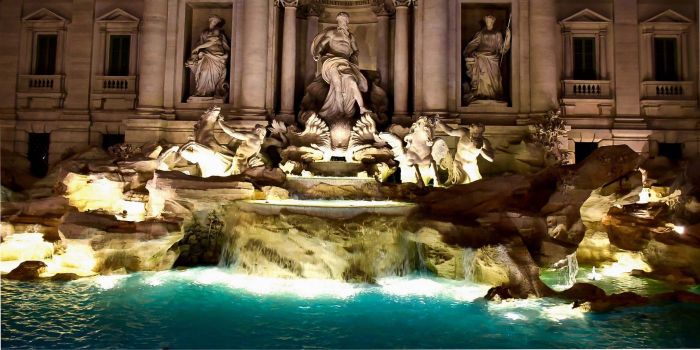
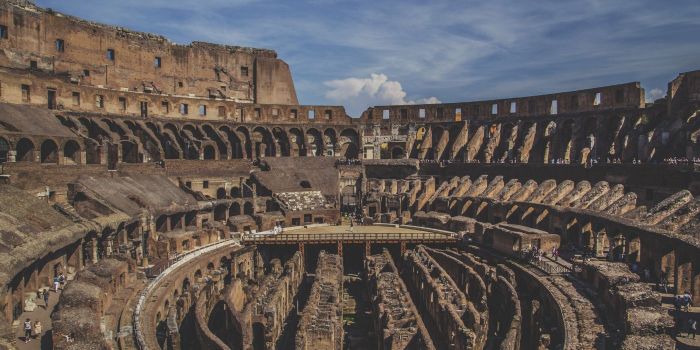

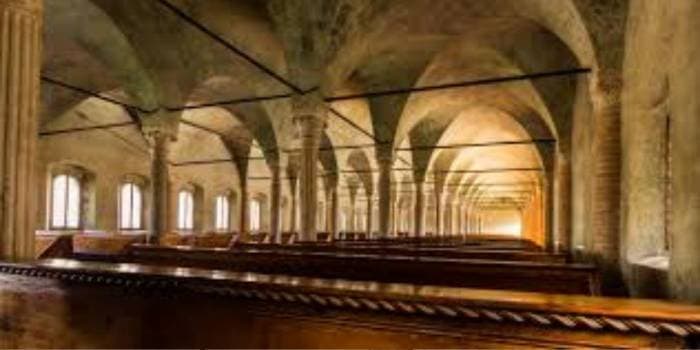
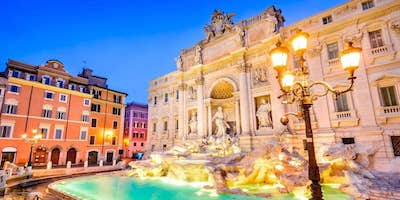
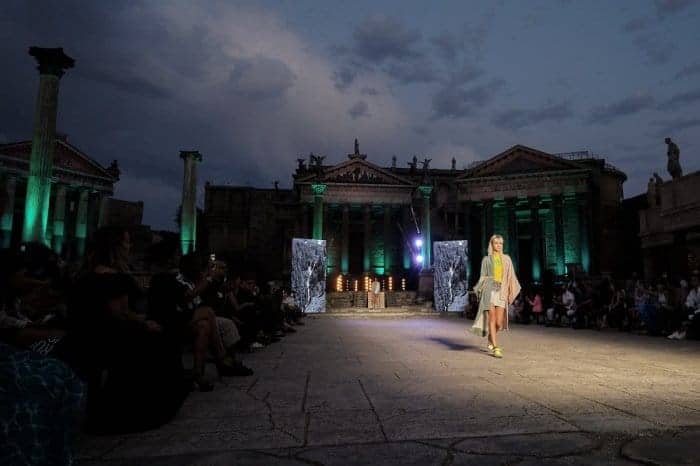
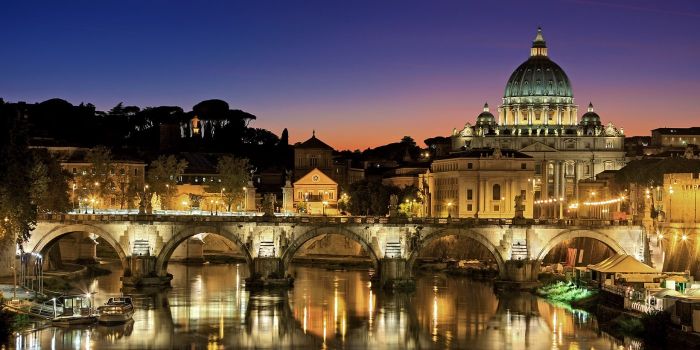
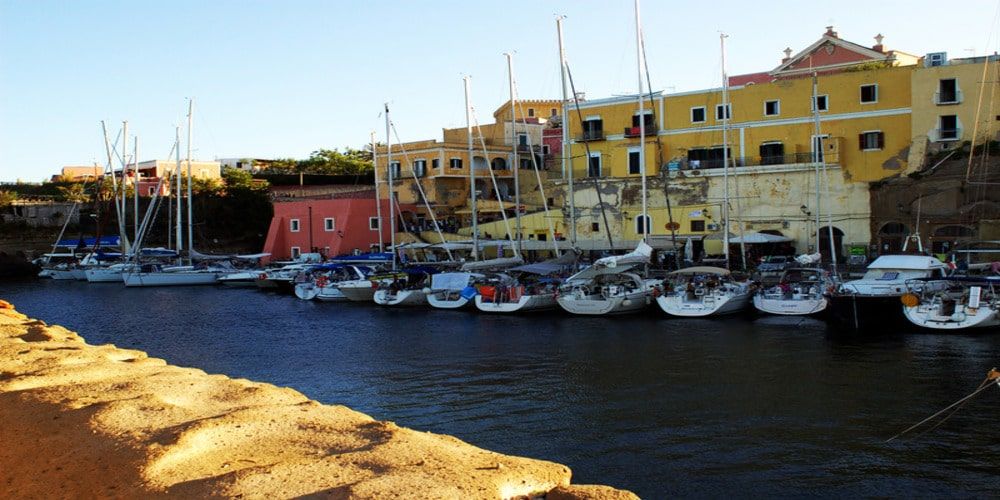
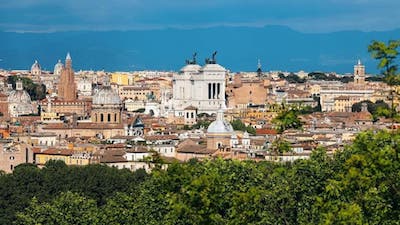
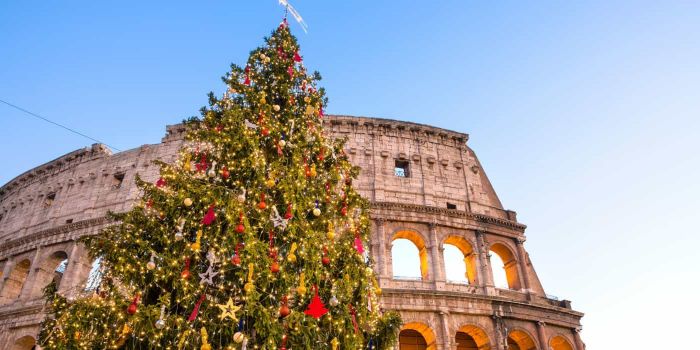
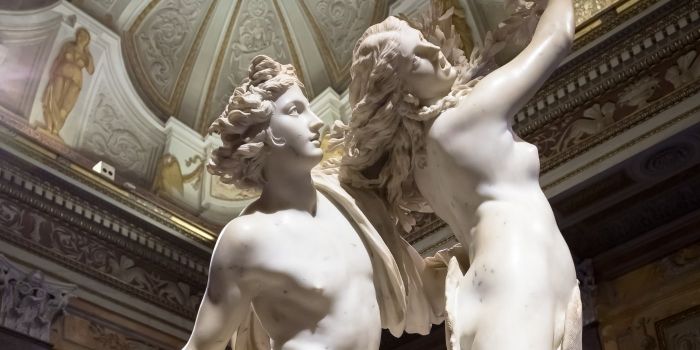
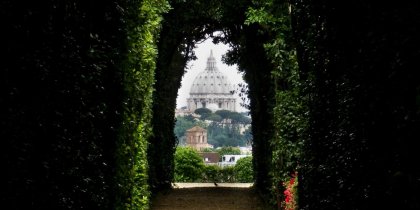

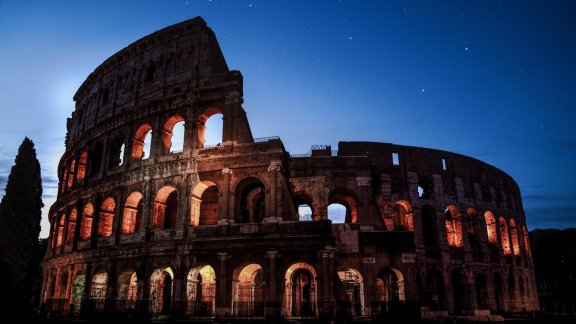
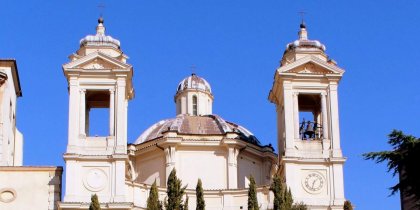
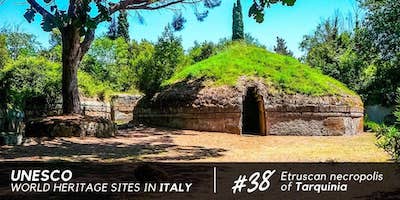
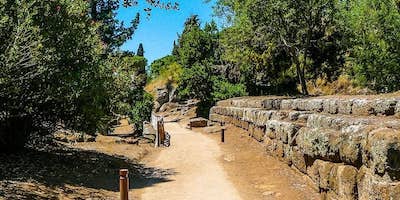
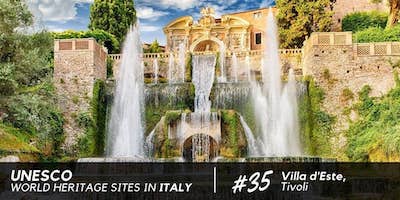
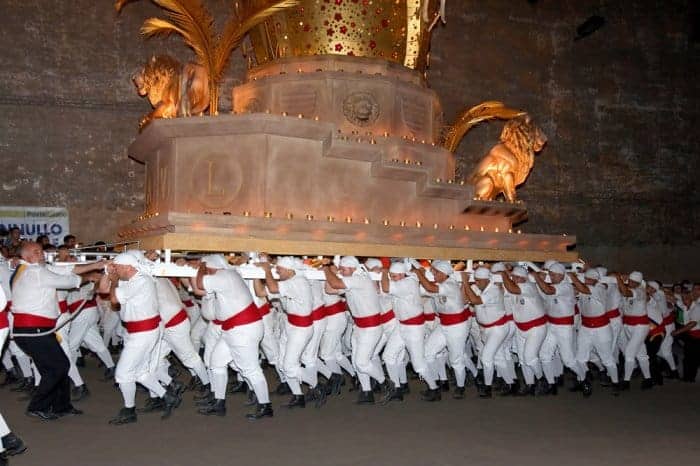
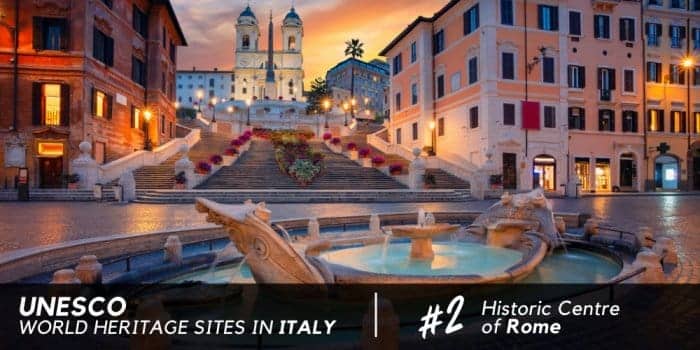
.jpg)
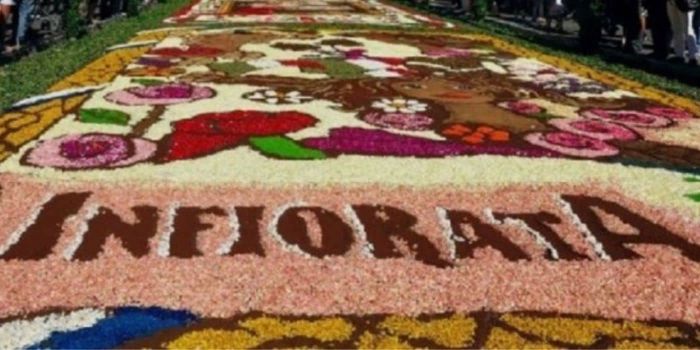
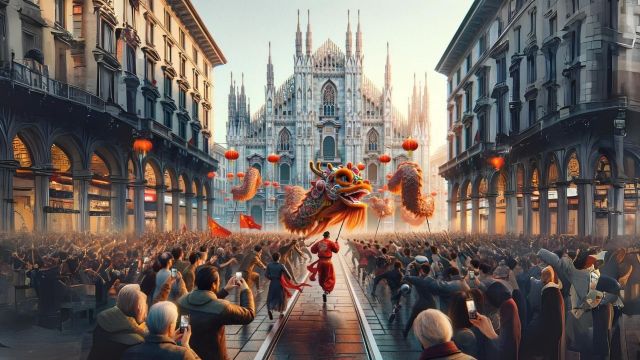
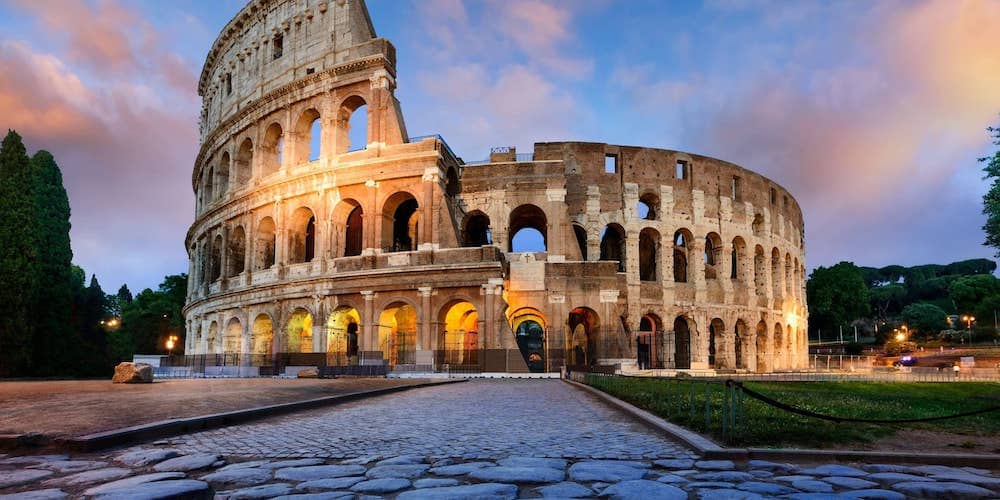
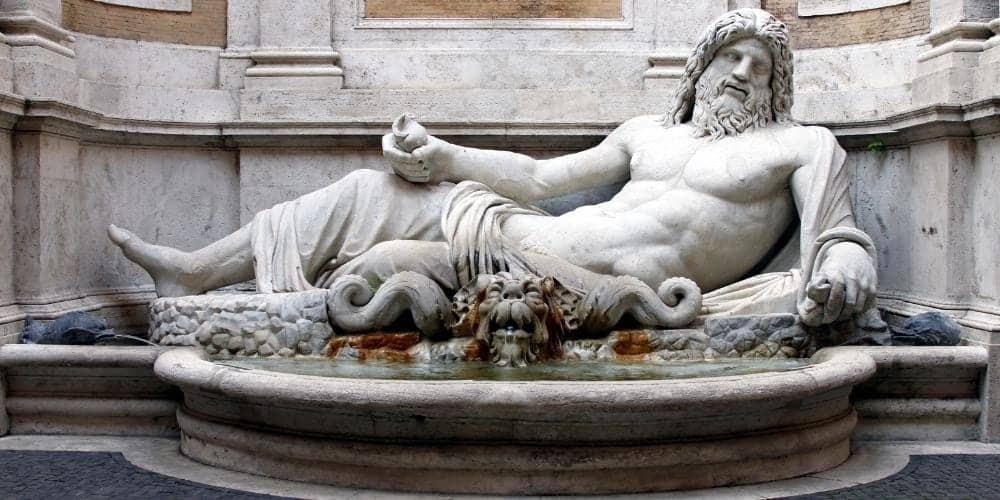
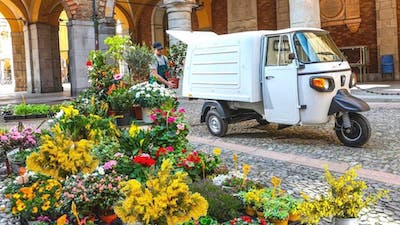
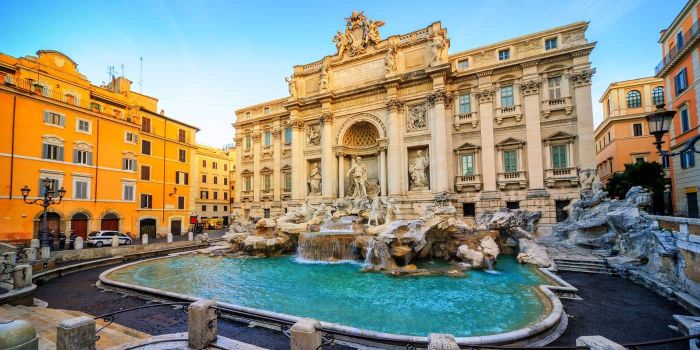
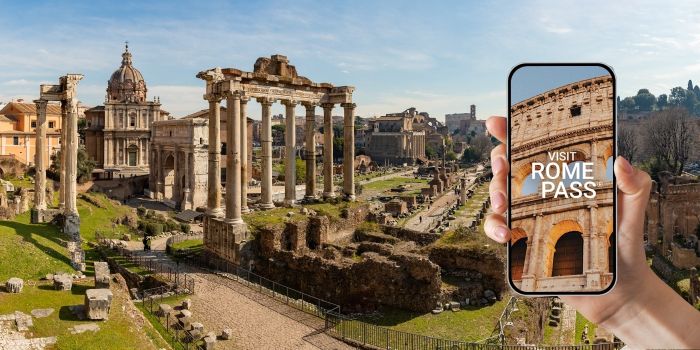
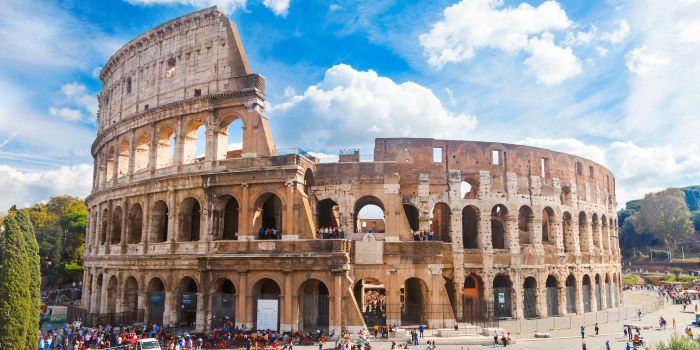
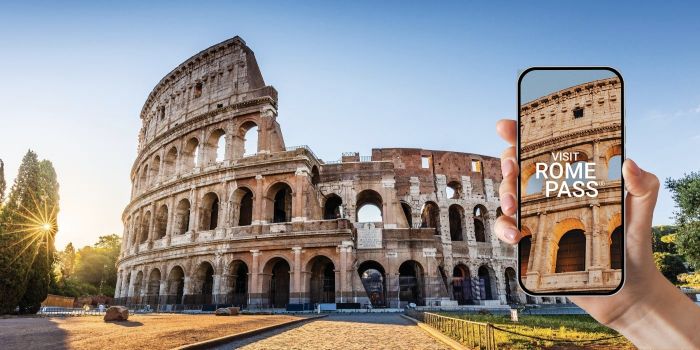
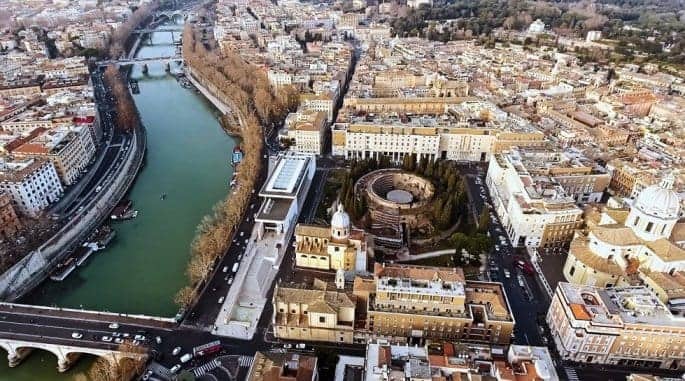
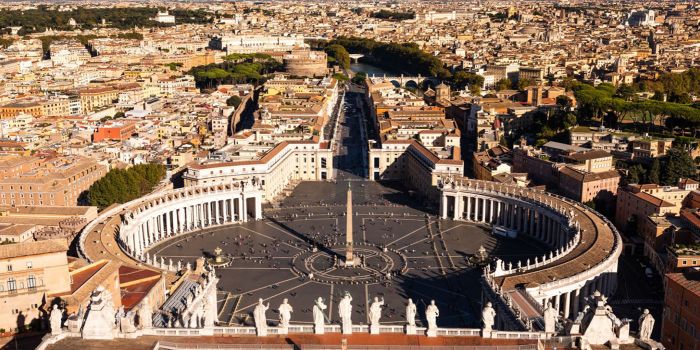
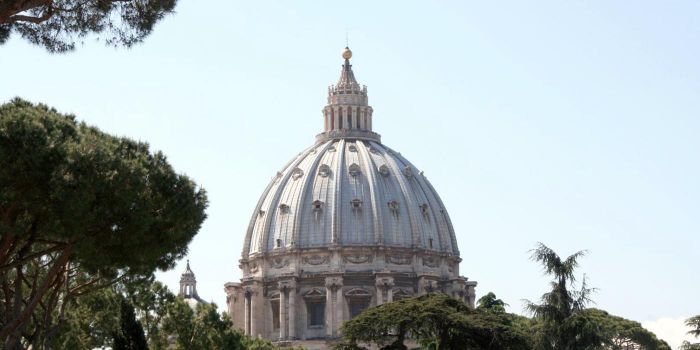
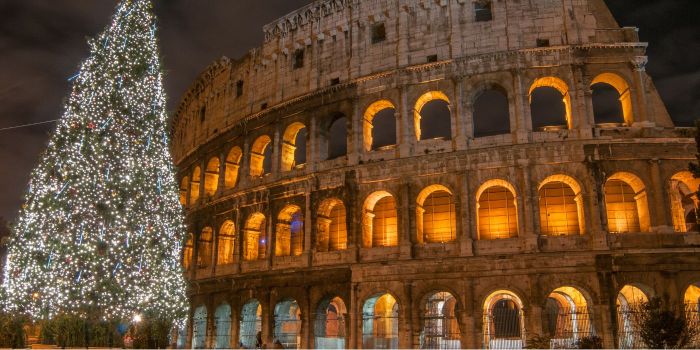
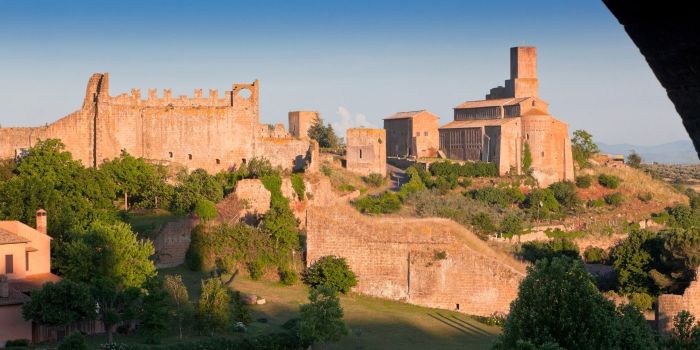
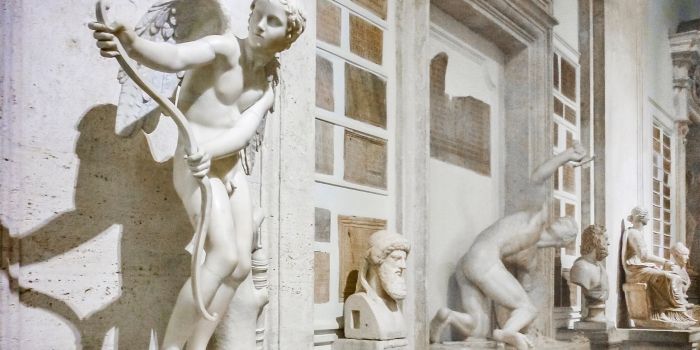

Ciao! I'm Monna Lisa, your digital travel designer. I'm here to help you plan your perfect trip to Italy.